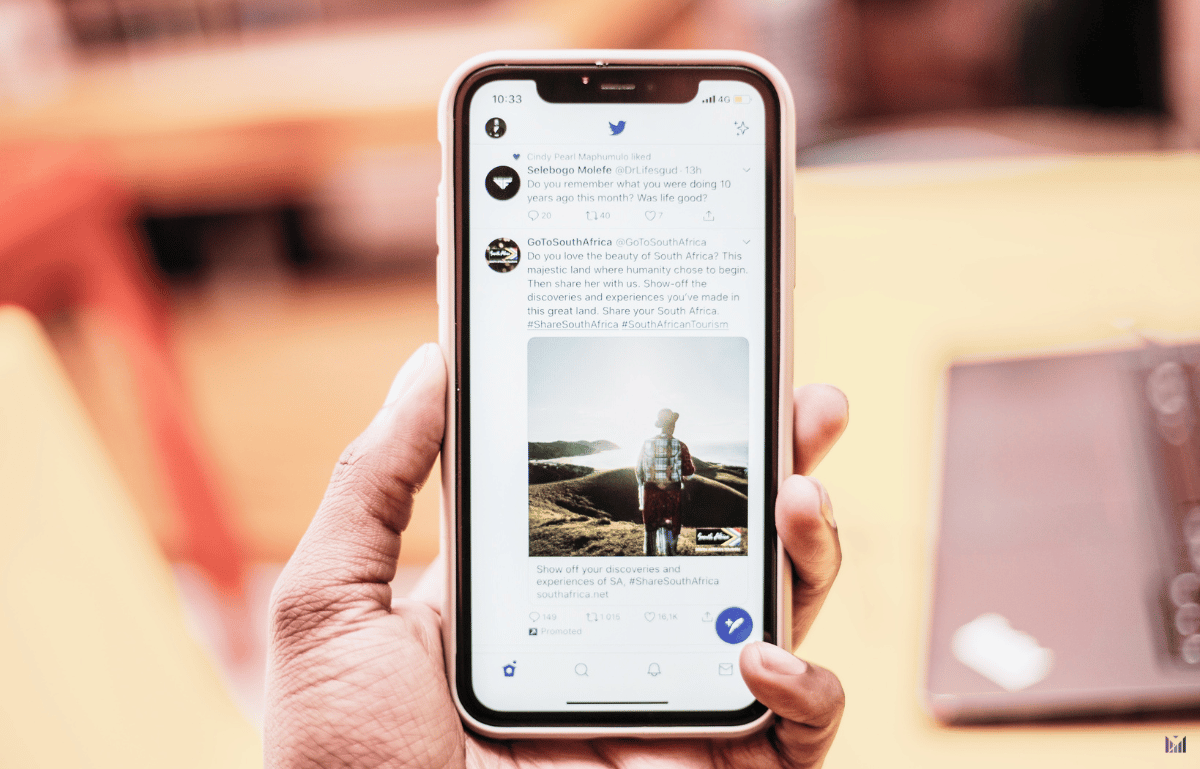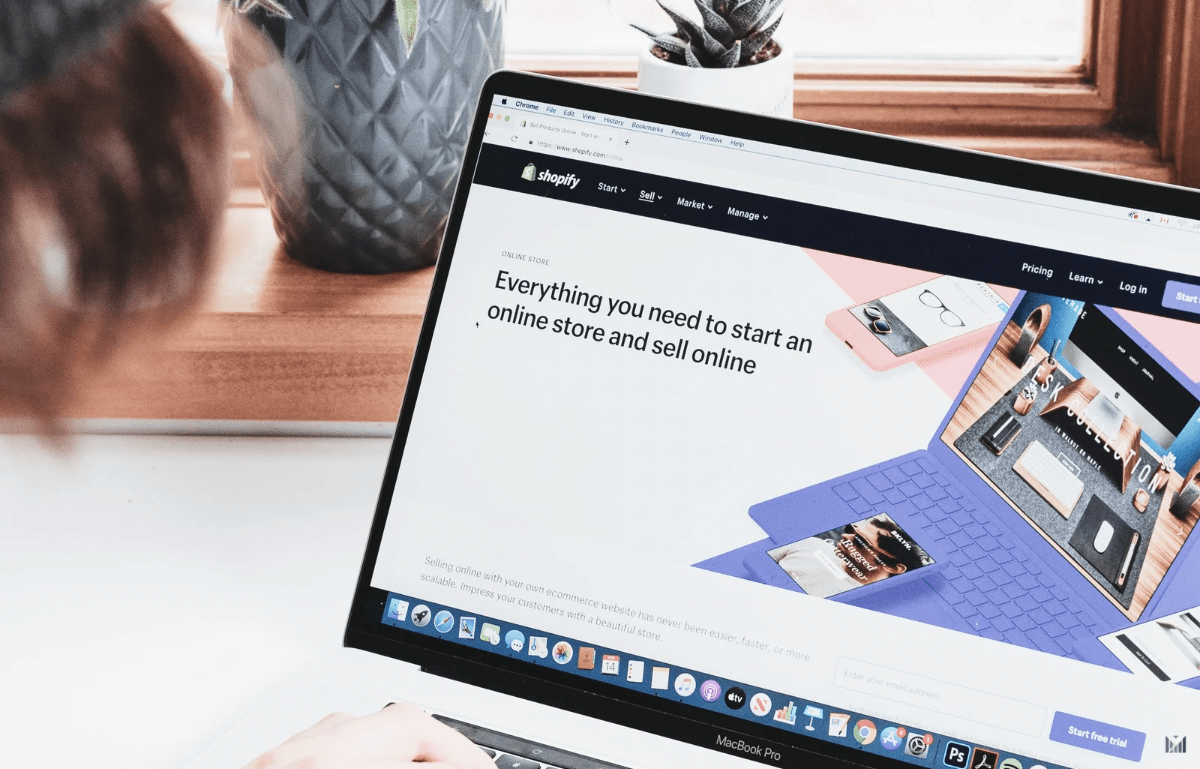Twitter is still a powerful marketing Marketing is a series of steps used to achieve a sales goal.... More tool for small businesses but, like all social media platforms, it evolves. 2022 brought major changes to Twitter including new ownership, new features, and a new culture. 2023 ushered in yet another CEO. Is your Twitter strategy
Marketing is a series of steps used to achieve a sales goal.... More tool for small businesses but, like all social media platforms, it evolves. 2022 brought major changes to Twitter including new ownership, new features, and a new culture. 2023 ushered in yet another CEO. Is your Twitter strategy A strategy is a customized process (or combination of proces... More ready?
A strategy is a customized process (or combination of proces... More ready?
Keep reading for our favorite Twitter features, strategies, and best practices going into 2023.
Twitter Statistics and What They Mean
By the end of 2022, Twitter had 368 million monthly active users worldwide. While projected to decrease about 5% by 2024, that leaves approximately 335 million users around the world. By the end of 2021, nearly 40 million of those users were in the United States. Men continue to dominate making up 70% of all users, and nearly 40% are 25-34 years old – the largest age group on Twitter.
While more than half of all users earn over $30K/year, the majority (34%) earn over $75K, are from urban areas, and have a college degree. So if you’re you’re looking for a well-educated, well-employed, international male audience, Twitter is a good place to start.
Still, with over 40 million users in the U.S., you can find a pretty large audience stateside.
Twitter Culture and Tips for Tweeting
It’s only natural to want to jump on a platform and immediately begin selling and in some cases that’s okay. A call-to-action in a bio or an occasional sales Sales is any set of activities related to selling products a... More tweet mixed into the conversation rarely hurts. Unfortunately, like most online and offline selling, “salesy” tweets are too often overdone.
Sales is any set of activities related to selling products a... More tweet mixed into the conversation rarely hurts. Unfortunately, like most online and offline selling, “salesy” tweets are too often overdone.
Like all social media, the social part comes first for a reason. People are looking to connect not shop, so you have to connect first. Paid ads can be an exception but typically only when brand awareness has been established. So keep things relationships-first and have fun…
First, “find your tribe” or audience. Connect with the accounts that you enjoy engaging with while also connecting with your target market by making sure they align with your values. When your values align, you can build a sustainable engagement routine you can build your posting schedule around.
The ability to quickly reach a large audience is one of Twitter’s best qualities. So spend some time getting to know the community, then jump into the conversations you value most.
Then, when you’re ready, tweet – a lot. A single tweet can get lost in the crowd quickly so don’t be afraid to repost and retweet your own content. The Twitterverse is well aware of how hard it is to break through the chatter, so repeating tweets is not only welcomed but encouraged. There is a limit, of course, so be strategic. For example, tweet the same content at different times of day and to cater to different audiences.
Tweet @ your community and influencers too. Don’t be afraid to communicate directly with brands, influencers, or customers. That’s what Twitter is built for – a public forum. Just be respectful and polite without being overbearing.
- Conversate, Empathize and Relate
While you may post announcements on Facebook, Instagram, or LinkedIn, you Tweet on Twitter because it’s more conversational. The best tweets are often the ones that start conversations. They sound as though they are hoping for a response from someone. They ask questions, provoke entertaining discussions, and share interesting facts. So, when tweeting, be sure to include your audience.
This holds true for responding to tweets too. Even when disagreeing with someone, trying to relate to them will get you much further than an uninsightful or defensive rebuttal. Sure this may vary somewhat based on your particular audience but, in general, Twitter self-polices itself by supporting everyone’s right to both ignorance and bliss. Of course, a willingness to learn is assumed so one has the right to be wrong without being shamed. One does not have the right to be a jerk (though it is allowed on occasion).
Finally, avoid linking to off-Twitter sources when possible. As independents, we typically have something to promote. As social media users, very few of us click on external links though, right? So put the critical information in the tweet – the tutorial, the product, the download- use a tweet chain if necessary. Just don’t make a click an extra barrier. If the link is on the profile, interested parties will seek it out.
- Block Time to Post and Engage
Daily engagement can be unhealthy. I never recommend working daily as breaks have been proven to aid in creativity. So, when it comes to engagement, pace yourself. Build engagement into your work routine, then give yourself time to build habits around your engagement strategy A strategy is a customized process (or combination of proces... More. Consider scheduling tweets but remember to consider emergencies, world events, and other last-minute changes. Automation is not a replacement for your actual presence but support.
A strategy is a customized process (or combination of proces... More. Consider scheduling tweets but remember to consider emergencies, world events, and other last-minute changes. Automation is not a replacement for your actual presence but support.
Blocking an hour or more each week for engagement can help build a sustainable engagement routine. Consistent, real-time, engagement speeds up almost any campaign. Like, retweet, and comment on tweets from your audience. Don’t worry about selling. Just enjoy the content while keeping your brand in mind. Start with as much time as feels right for your lifestyle, then see how much that moves you towards your goals. If it’s not enough, then make adjustments when you can.
Depending on how quickly you develop your content, you may want to block 1-2 hours each month at a minimum for posting. This is typically enough time to develop and post (or schedule) 3-5 tweets/week. So, even if you’re posting manually, you’ll have them ready to post quickly.
- Keep An Eye On Your Results
Twitter Analytics measures your Twitter performance by tracking your posts and audience. A user’s number of followers, retweets, and more tell Twitter algorithms who to prioritize in feeds and searches. Like most platforms, Twitter provides analytics for free. However, unlike many other platforms, Twitter does not provide analytics in its mobile app. You have to visit Twitter.com in a web browser.
If you’re monitoring multiple accounts on Twitter or across social media, you may want to use an aggregator. Aggregators pull your metrics from multiple sources so you can see them all in one place. For example, you can review your Twitter, Facebook, and LinkedIn analytics all on Metricool instead of logging into each site. The following video will give you an overview of both Twitter analytics and Metricool, a social media analytics aggregator you can try for free.
Whatever the tool, picking a single metric and setting a single goal limits distractions. Daily, monthly, annually – the timeline doesn’t matter as much as the goal is realistic. For example, committing to schedule 3 months of posts within the next 7 days gets much easier when posting only 3 times per week rather than every day. I dive deeper into goal-setting in “Aligning Your Actions With Your Business Goals”. This process makes it easier for you to track your progress and check in regularly on your goals. If it’s a daily goal, check weekly. If it’s a weekly goal, check monthly, and so on.
Once the goal is reached, set a new one and repeat.
Have Questions or Need Help?
Feel free to connect on Twitter at @RogeraMTM or get in touch using the chatbox below.
This page may contain affiliate links.






Be the first to reply